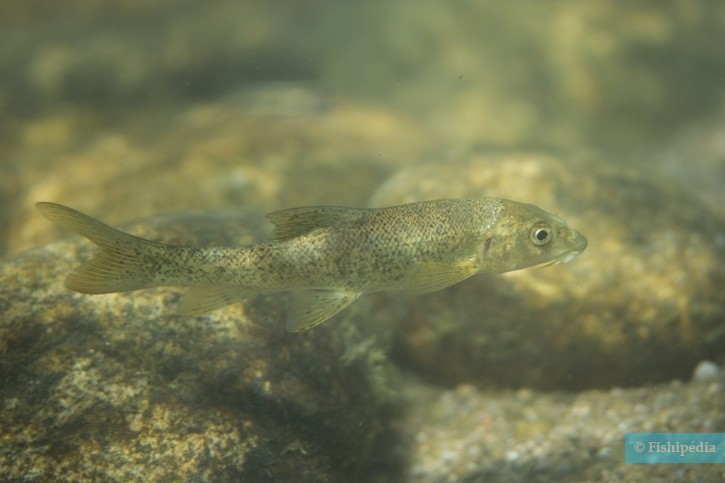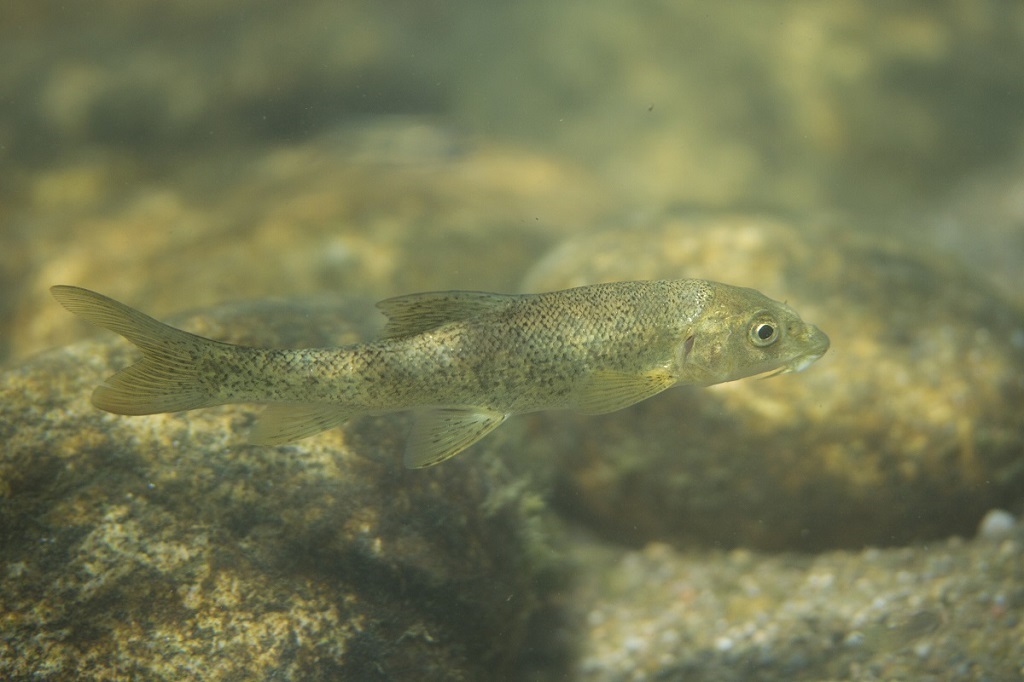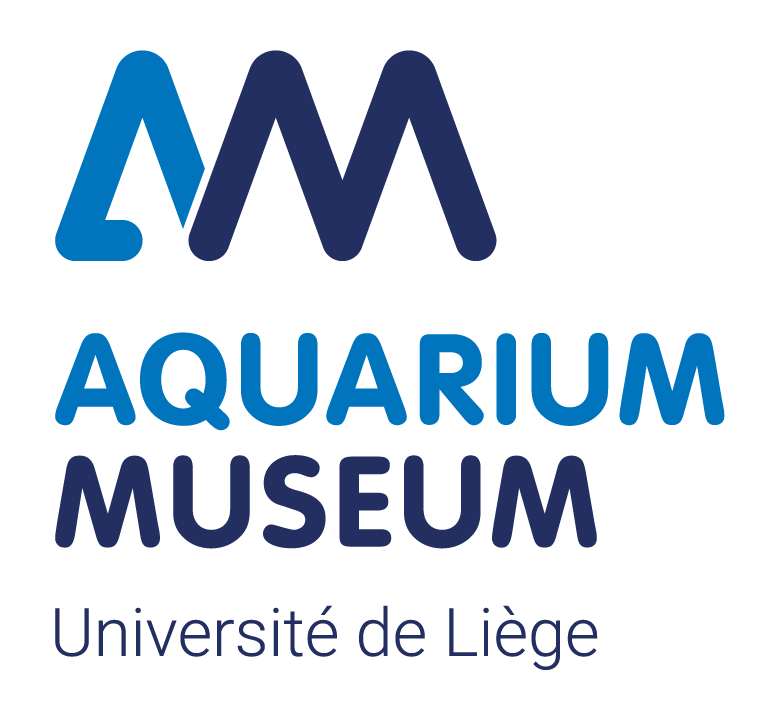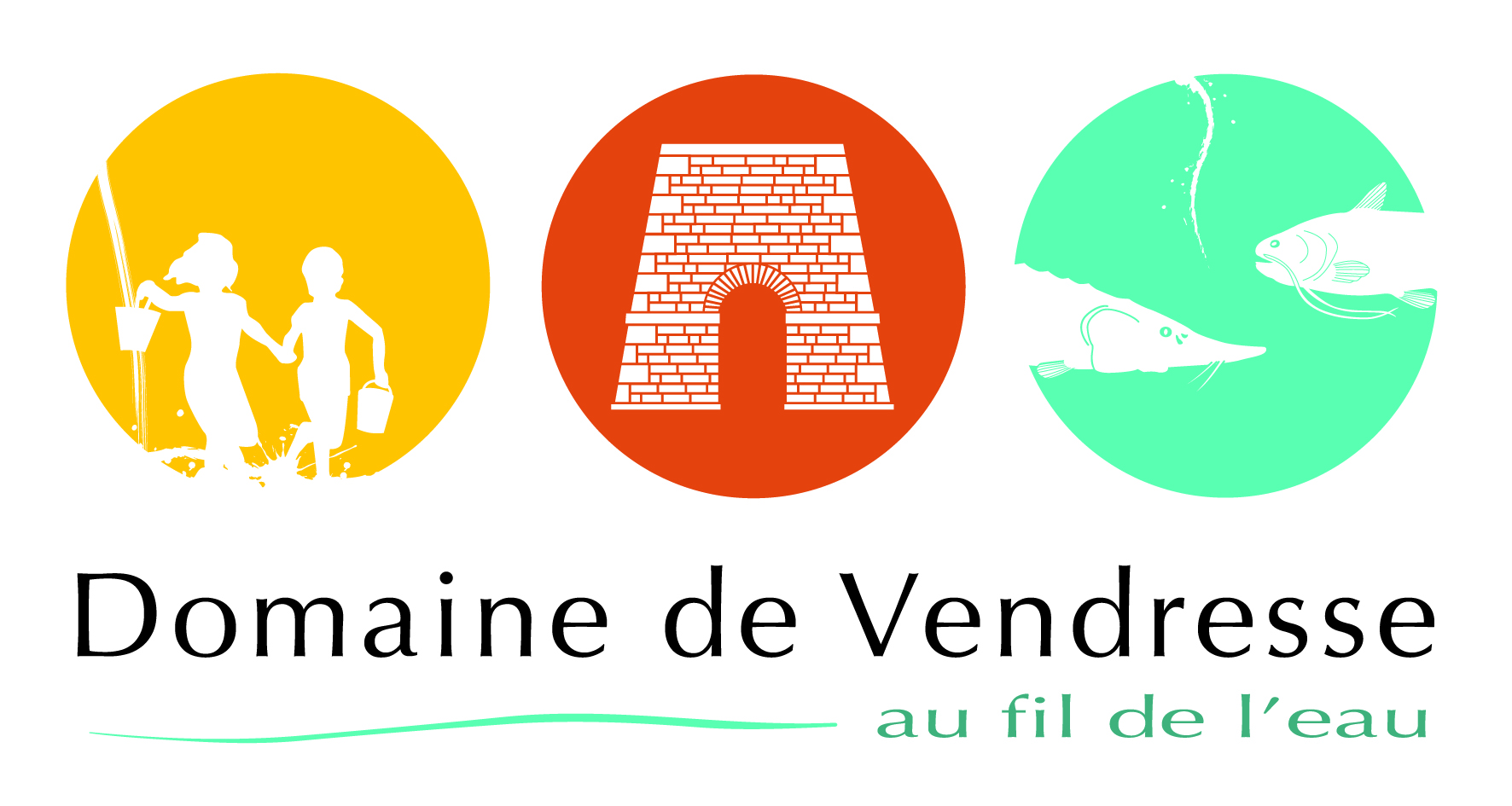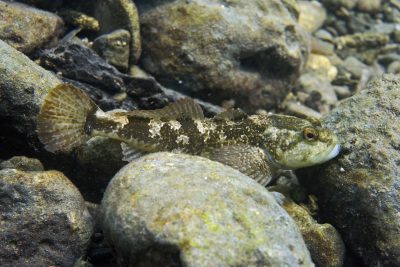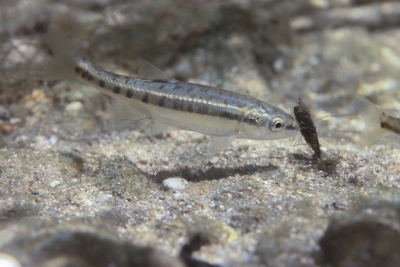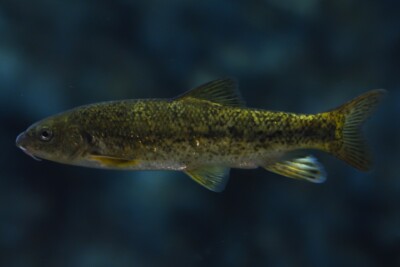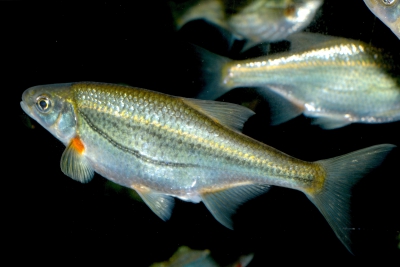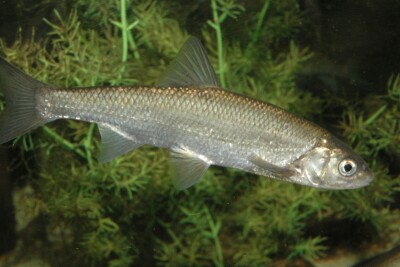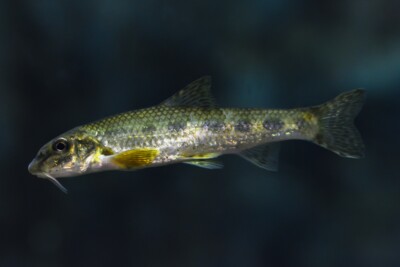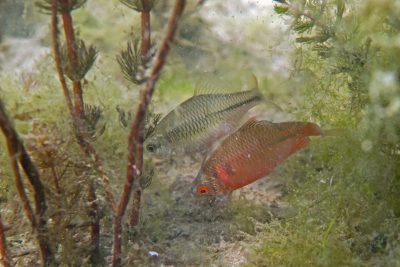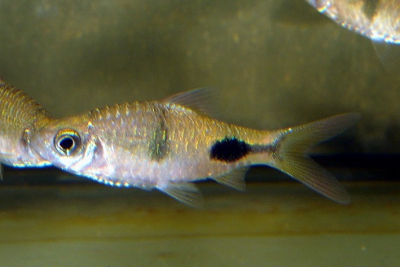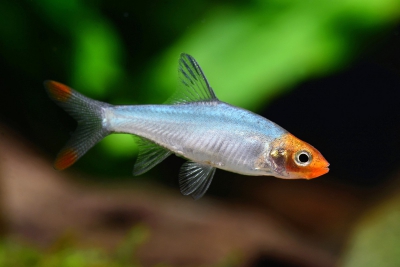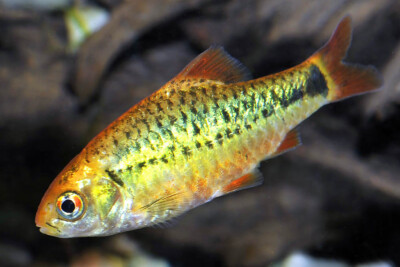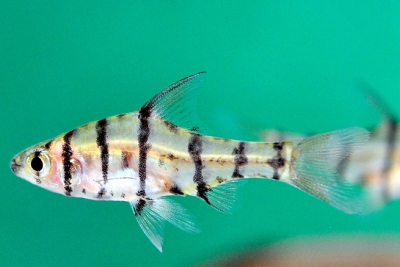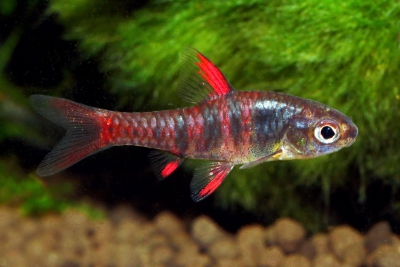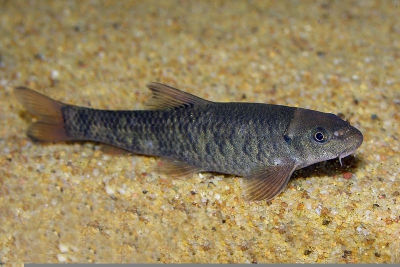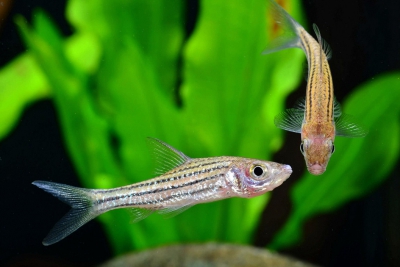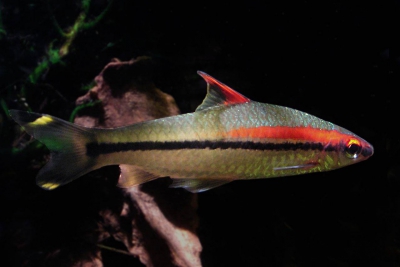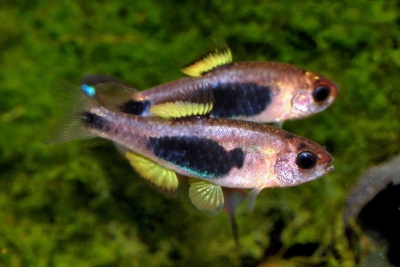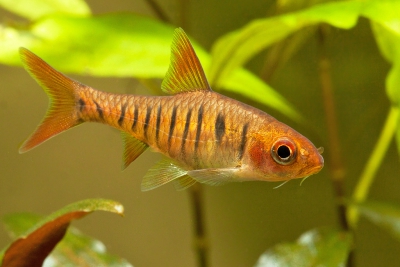Introduction
The Barbus barbus, more commonly known as the barbel, is a cold water fish native to Europe.
Who is it?
Morphology
-
Average size30 cm
-
Maximum size120 cm
-
Average size30 cm
-
Maximum size120 cm
How to recognize This fish ?
The barbel thrives in medium to fast currents, where it moves stones with its strong snout. It mainly feeds on aquatic larvae.
Sexual dimorphism
Dimorphism not specified.
Behaviour & Life cycle
-
dietomnivorous
-
Sociabilitygregarious
-
territorialNo
-
Way of livingnocturnal
The barbel is a fish that lives in large groups naturally residing near the bottom. It is a species with a rather lively temperament.
The barbel is a fish that primarily lives at night. Generally, it leaves its hiding place and becomes active as soon as dusk sets in.
Reproduction
-
Reproductionovipare qui pond sur substrat découvert
The barbel is an oviparous fish that spawns on exposed substrate.
Harmless species
This species does not represent any particular threats to humans when encountered in its natural environment.
Origin and distribution
What is its habitat?
Natural environment characteristics
-
Temperature10 - 24 °C
-
FlowStrong
Biotope presentation
The species particularly favors clear waters with strong currents. The ground is typically made up of pebbles.
Species of the same biotope
To go further
Sources & Contributions
Participation & Validation
The Fishipedia team and specialist contributors are committed to providing high-quality content. However, although the information comes from scientific sources or testimonials from specialists, the cards may contain inaccuracies.

Benoit Chartrer

Patrick Chartrer
Translation
Translation done with the valuable contribution of our translators, who make this information available to a wider audience. We sincerely thank them for their commitment.
In collaboration with : Reflets d'eau douce
Bibliographic references
- - GBIF
- - Les Poissons d'eau douce de France - Eric Feunteun - Jean Allardi - Philippe Keith - Biotope Edition - 2011. Collection Inventaires & Biodiversité, publication scientifique du Muséum
Scientific partners
Species of the same family
Same genus
Species of the same biotope
